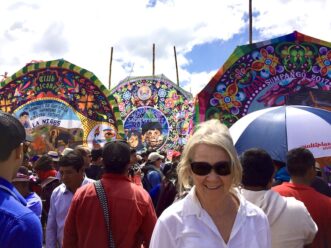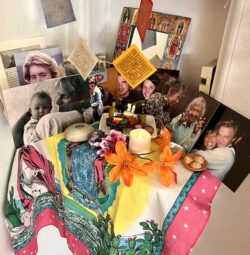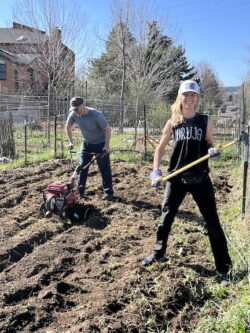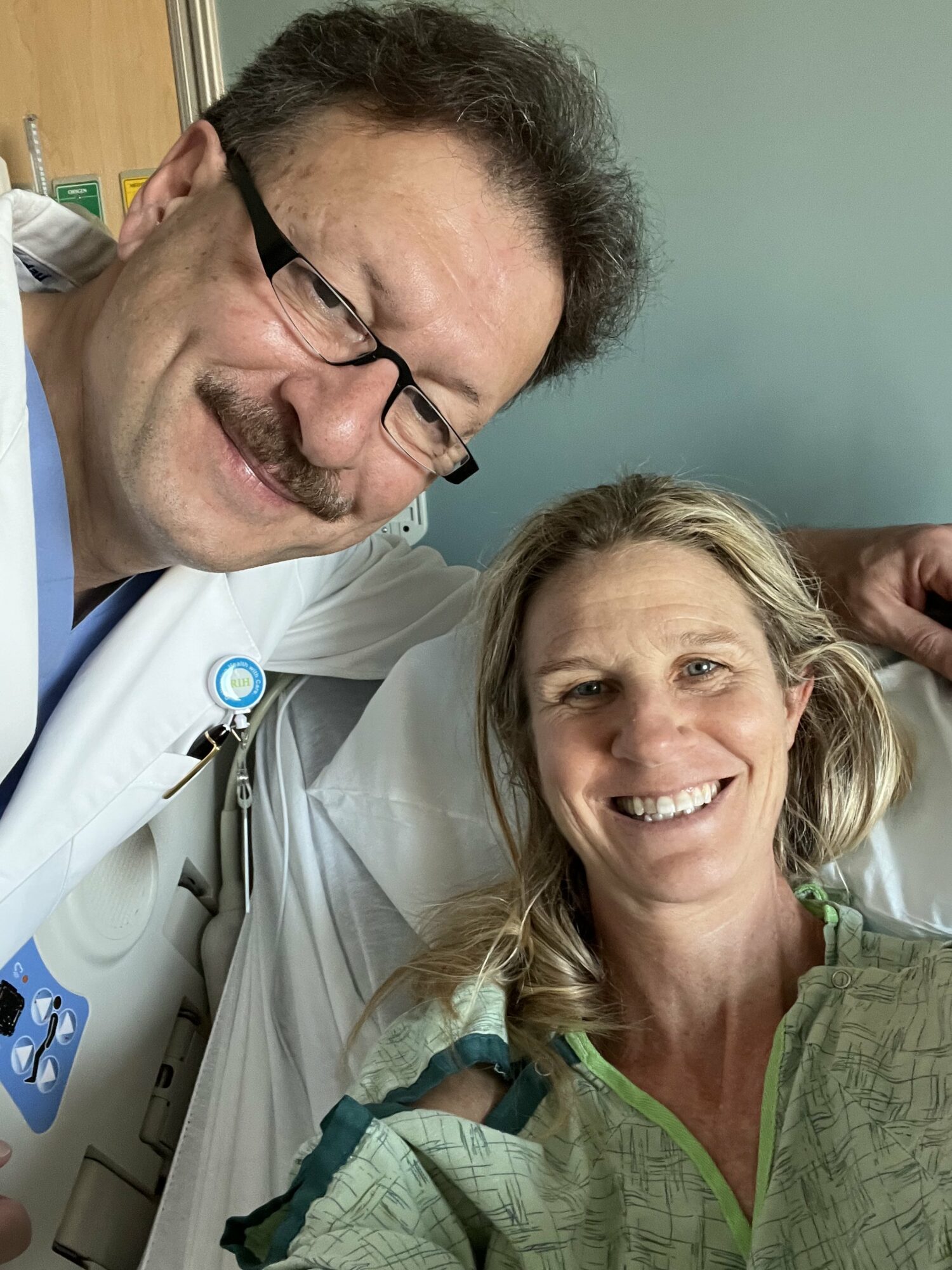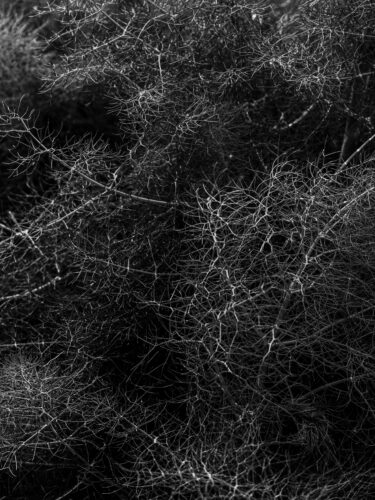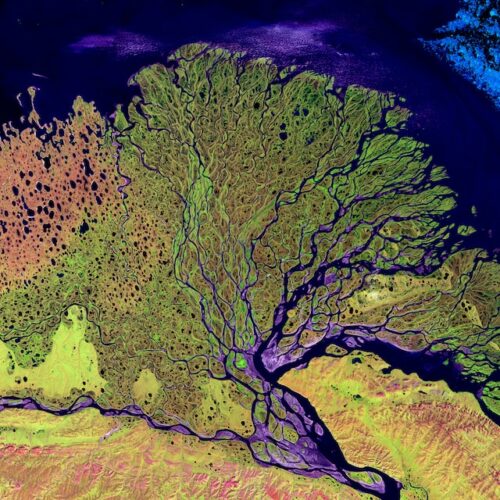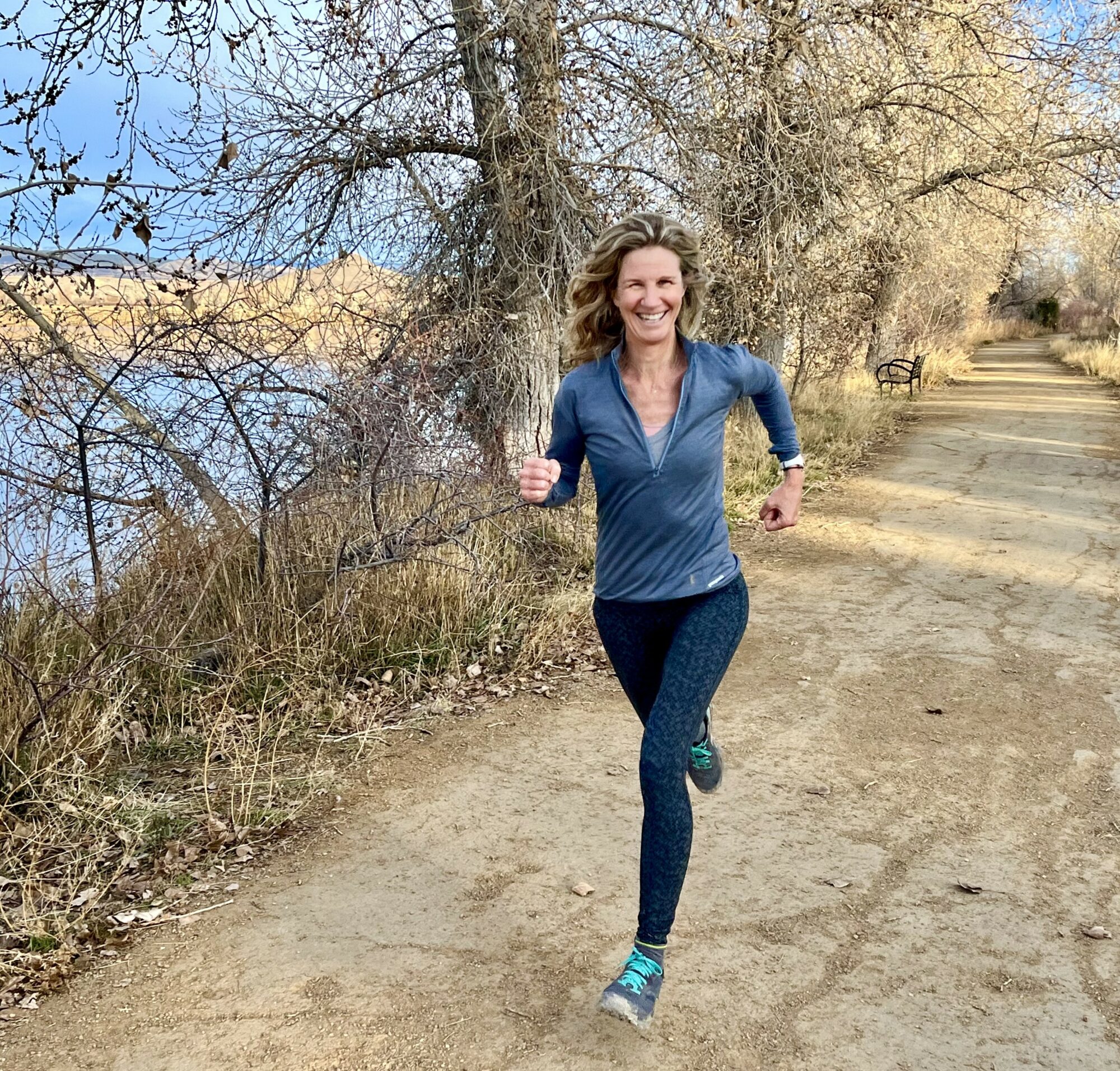Walking through the airport alone in Guadalajara, I feel lost. My Spanish is rusty; I think I just promised a taxi driver 5,000 pesos for a ride, when I meant to say 500. I am off balance.
I’ve come to Mexico alone to clean out Mom’s place after she passed away in June. My brothers are busy caring for my dad, stepmom, and Mom’s other affairs. So I asked my husband Kurt if he would come with me. Kurt and I use a scale system when we make requests of each other. Will you go to this documentary with me? It’s a 3 out of 10. Can you come and help me clean out my mom’s house? This is a 9 out of 10. I can’t do it alone. He booked us two tickets. Then, at the last minute, Kurt had to drop out. His first week at a new job coincided with our trip and we had already postponed a few too many times to push it off again.
I start to panic a little when I realize I’ll be going alone, until it occurs to me that Mom did everything by herself as a single woman. To really feel her with me again, I have to go alone. She traveled to Guadalajara every year, alone, even in her eighties. If she could do it, so can I.
Now I’m standing on the doorstep of Mom’s place near Ajijic, Mexico. She bought this house in her sixties; Mom lived a full life on her own terms. She was running from Canadian winters, but she was also going toward Mexico and its bright colors, aliveness, and ability to adapt and celebrate life.
I hear Great Kiskadees calling from the palm trees, a radio playing mariachi music, and three loud firecrackers going off. These are the sounds I’ve always known and associated with Mom and Mexico. I walk into the house that I’ve walked into countless times before and I notice how white the walls are. Wherever Mom lived, she always painted the walls bright white. I imagine that they gave her a sense of order and calm after years of the chaos of raising three children on her own. They were also the perfect backdrop to show off a few, hand-picked brilliantly-colored Mexican paintings and textiles.
I look around the house and am struck by how little she had in terms of possessions. A few shelves of books, cupboards packed with photographs and cards, plus a closet full of linen dresses and unfinished jewelry-making projects. I pick up each object, hoping to feel her close.
Coming here is hard: I can’t ignore or distract myself from the fact that she’s gone. I try to sleep in her bed, but can’t because it is too sad. I try wearing her clothes, but they are so dusty I can’t stop sneezing. I look for her in things and can’t find her.
Grief has surprised me. Mom was 83. She had a short fight with colon cancer. Before that, she had a great life. I didn’t think her death would be as painful for me as it has been. But she was my biggest confidante and cheerleader. She was always in my corner. Loss may be universal, but it’s also very lonely.
Looking around the house, I learn more about her. She saved every single holiday card, thank you note, and invitation. After several hours of sorting through these cards and photos, trying to decide what to keep and what to lose, I ask Mom out loud, What do you want me to do with all this?
The answer comes back: Rest. Sit down. Don’t work so hard. I pour myself a tequila, sit down on her uncomfortable couch and immediately start to cry. She knew I needed to pause to feel.
I call her friend (whose name happens to be Jesus) to come over. He joins me on the couch and tells me stories. His hands move like birds as he speaks. He tells me about how Mom tutored his children in English so that they could pass their University exams. How she made flyers and raised funds for a young woman who needed a new kidney. How she loaned money to another young woman for a car to get to her first job as an accountant. How she gave up her apartment in Toronto to a young man who went there to pursue a classical music degree. So many stories of Mom helping young people launch. I am in awe. I’m also struck that this is my work too; my desire to help young adults succeed comes directly from her.
Later, I ask her housekeeper of 19 years, Estela, to help me sort through Mom’s things. We cry a little together in the kitchen amid the stacks of tupperware and dishes. I tell Estela in my rusty Spanish that if she sees something in the house that she really wants, she can have it in memory of Mom. The next morning, I go to take a shower, but the soap is gone. So is the shampoo. And so are the towels. Estela must have brought them all home with her. I stand dripping wet, laughing at the misunderstanding.
By the third day of cleaning out the house, I still haven’t found anything that makes me feel deeply connected to Mom. I take a break and go to the community pool. This is the same pool where Mom taught Aquafit and the reason she bought the house. Swimming was a kind of home for Mom –she swam when she was a little girl in Halifax, she swam through her marriage and her divorce to reconnect to her core self, she swam in her eighties to feel strong and free.
I swim a little – awkward strokes that become smoother as I move. I suddenly feel her all around. She loved the water. She loved skiing, too, and yoga, and making things with her hands like jewelry and sweaters and homemade ice cream. She found joy in Art and music and playing bridge or tennis. Most of all she loved helping young people. I finally understand that I am not going to find Mom in things. She never had an interest in things. I am going to find her by doing what she loved. I roll on my back and float. The water holds me. I feel Mom holding me, too.
Love,
Susie
***
Mom’s beautiful house in Mexico is now listed for sale. In case you know someone who might be interested, HERE is the link.





